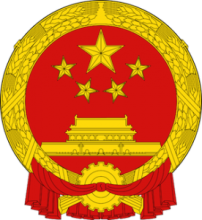Resource information
This Act is enacted for the purposes of regulating expropriation of land, ensuring reasonable land use, safeguarding private properties and promoting public interest. Land expropriation shall be governed by this Act.To establish any of the undertakings for public interest purpose as prescribed in Article 3, the State may expropriate private land. For agricultural land subject to expropriation or zone expropriation according to law after it has been designated or rezoned under the Urban Planning Act, the Regional Plan Act or the National Park Act, the competent authority in charge of the relevant industry should give consideration to the public interest purpose and necessity of expropriation at the time of designation or rezoning. If the agricultural land located within the land selected by a land use applicant is exempted from the approval of the regional plan preparing authority with regard to its rezoning, the approval of the agriculture authority under the municipal or county (city) government shall first be obtained before the land is changed to non¬agricultural use. Arable and pastoral lands in a special agricultural zone are not subject to expropriation unless it is an interspersed odd piece of land that is difficult to circumvent. However the preceding provision does not apply to such land that is necessary for use by a national defense, communication or transportation, or water conservancy undertaking, or a public utility enterprise for erecting power transmission lines, or for use in an infrastructure project already approved by the Executive Yuan.



